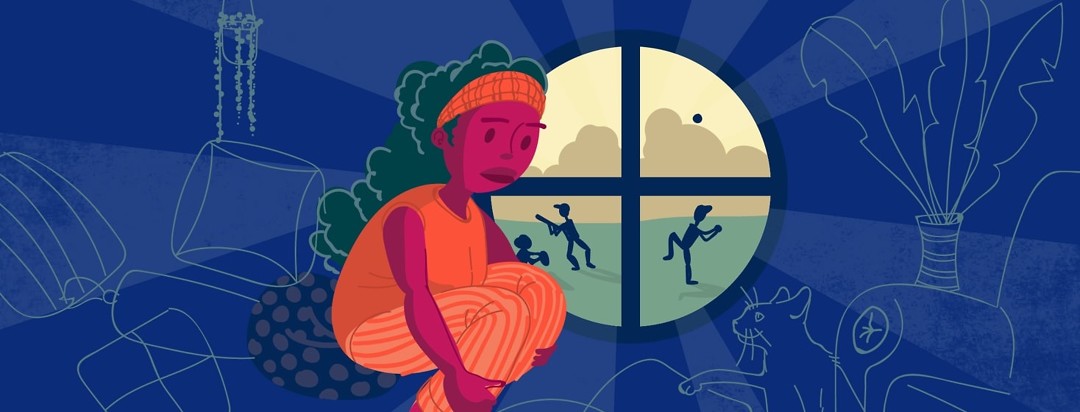Endometriosis in Younger Women
Endometriosis is more common than people often realize. It can be found in 70% of young women with very painful periods and 50% of young women with ongoing pelvic pain, even when the pain gets better with medication.1 In total, endometriosis affects 10-20% of women of childbearing age.2 That’s 176 million people worldwide.3,4
Endometriosis often begins with the first menstrual period
Doctors used to believe that endometriosis was a disease of middle-aged to older women. However, according to The Endometriosis Association, 66% of women with endometriosis say their pain started before age 20.5
Unfortunately, younger patients with symptoms of endometriosis often have to visit an average of 4 or more physicians before getting properly diagnosed.5 Looking back, many women, especially young women, note that they were not taken seriously when they described the symptoms of endometriosis. Some had to wait as much as 10 years before being properly diagnosed.6,7
"Painful periods" versus endometriosis
Part of the problem for young women is that they have no frame of reference for what normal period pain feels like.8 Plus there’s often a societal pressure to work through the pain and “suck it up”.
It is true that many women feel discomfort, cramping, or mild pain with their period, but the pain felt by people with endometriosis is much more severe. According to some endometriosis organizations, if you have ever missed school, work, sporting events, or social activities because of painful menstrual cramps, you might have endometriosis.6
The symptoms of endometriosis
Common symptoms of endometriosis include:4
- Painful periods
- Very heavy bleeding
- Pelvic pain
- Pain with bowel movements or urination
- Intestinal symptoms like diarrhea or constipation
- Pain with sex
For most people with endometriosis, the pain does not go away with normal over-the-counter pain medications.
Symptoms for younger women may be different
For younger women, the symptoms of endometriosis may differ from those of older women. This can lead to difficulty diagnosing the disease, and it can be confounding for both patients and caregivers. Many young women end up seeing gastroenterologists, pain management therapists, or psychologists before they visit a gynecologist, who can often provide a correct diagnosis.5
Some important facts about endometriosis & age
- A younger woman’s pelvic pain can happen at any point in her cycle, whether or not she is having a period.
- Pain focused around the ovaries generally does not begin until about age 25.
- Younger women experience more confounding intestinal symptoms that can lead medical providers to test for the wrong cause.
Early treatment is important
Because endometriosis can get worse over time – and can also lead to infertility – it is important for young women to get diagnosed and treated earlier rather than later. Additionally, proper treatment is important, because it enables young people to participate in their regular activities, miss less school, and have less emotional strain.5

Join the conversation